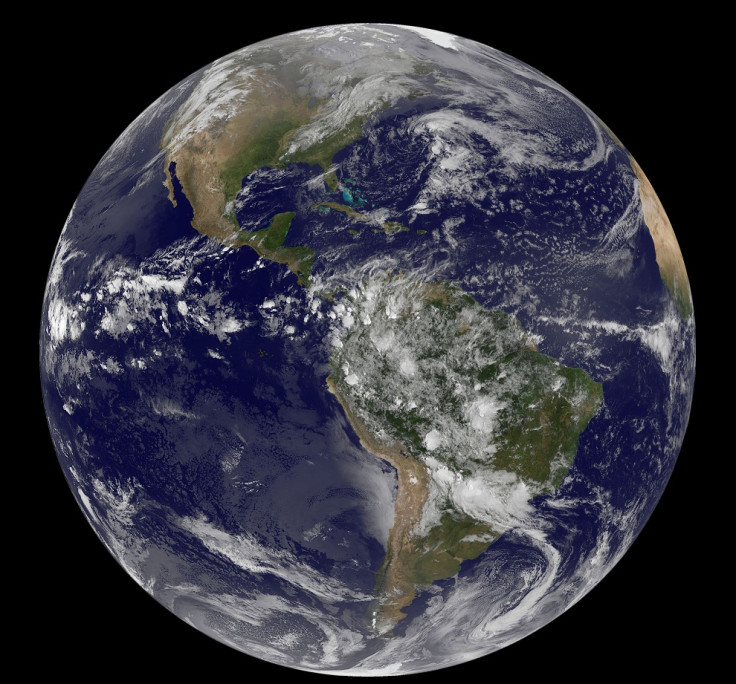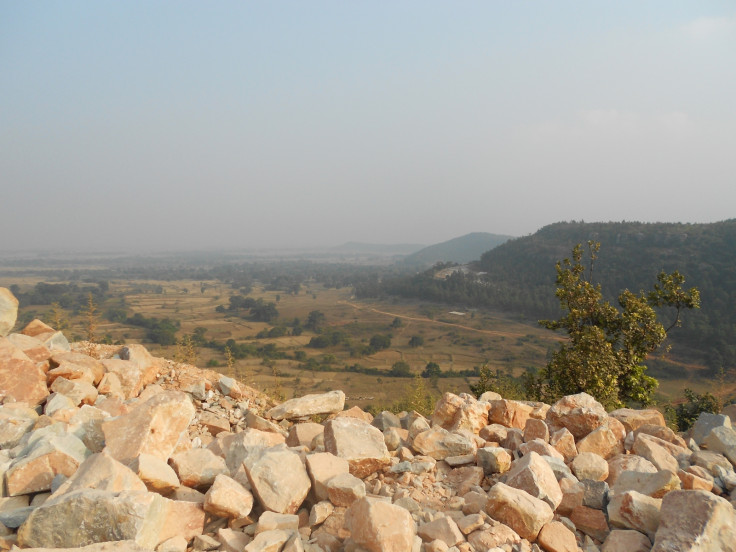Evolutionary History of Life on Earth Pushed Back 60 Million Years

The evolutionary history of life on Earth has been re-written after scientists discovered oxygen-producing life forms were present 60 million years earlier than previously thought.
Experts from Trinity College Dublin found these life forms were present on our planet three billion years ago and were responsible for adding oxygen to the atmosphere – paving the way for more complex life to evolve.
Geologists found evidence of the chemical weathering of rocks found in India that lead to soil formation that occurred in the presence of oxygen.
By using isotope decay systems, they found these events took place at least 3.02 billion years ago.
Senior author Quentin Crowley said: "This is a very exciting finding, which helps to fill a gap in our knowledge about the evolution of the early Earth. This paleosol from India is telling us that there was a short-lived pulse of atmospheric oxygenation and this occurred considerably earlier than previously envisaged."

Published in the journal Geology, the authors note that the widely accepted theory of the 'Great Oxidation Event' of the planet occurred 2.4 billion years ago – prior to which the Earth's atmosphere was made up largely of methane and carbon dioxide.
However, the pattern of chemical weathering of the paleosol sample from India show that such substantial levels of oxygen could only have been produced by organisms that converted CO2 into oxygen and water.
"It is the rare examples from the rock record that provide glimpses of how rocks weathered," Crowley said. "The chemical changes which occur during this weathering tell us something about the composition of the atmosphere at that time. Very few of these 'paleosols' have been documented from a period of Earth's history prior to 2.5 billion years ago. The one we worked on is at least 3.02 billion years old, and it shows chemical evidence that weathering took place in an atmosphere with elevated O2 levels.
"Our research gives further credence to the notion of early and short-lived atmospheric oxygenation."
© Copyright IBTimes 2025. All rights reserved.






















